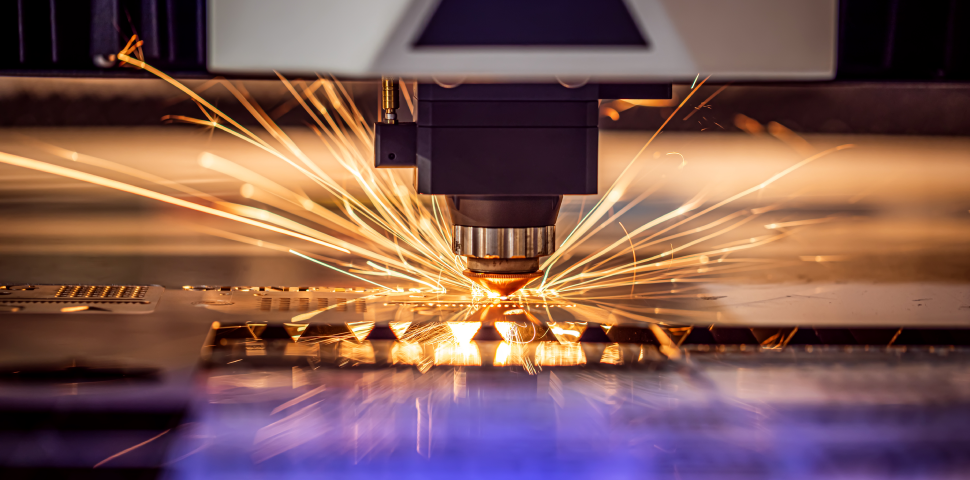How does a laser work?

Laser technology has revolutionized numerous industries, from manufacturing to healthcare and beyond. But have you ever wondered how a laser actually works? In this article, we will delve into the inner workings of a laser, shedding light on its fundamental principles and the amazing physics behind its operation.
Understanding the Basics of Laser Technology:
At its core, a laser (an acronym for Light Amplification by Stimulated Emission of Radiation) is a device that generates an intense, coherent beam of light. Unlike ordinary light sources such as incandescent bulbs or fluorescent lamps, lasers emit light that is highly focused and consists of a single wavelength or color. This unique property is what makes lasers so versatile and powerful in various applications.
The key components of a laser system include an active medium, an energy source, and an optical resonator. The active medium, which can be a solid, liquid, or gas, is responsible for producing the laser light. It contains atoms or molecules capable of emitting light when stimulated by an external energy source.
The energy source, which can be electrical discharge, flash lamps, or diode lasers, supplies the necessary energy to excite the atoms or molecules in the active medium. As these atoms or molecules absorb energy, their electrons move to higher energy levels, creating a population inversion—an essential condition for laser operation.
The Principle of Stimulated Emission:
The heart of laser technology lies in the principle of stimulated emission. According to this principle, when an atom or molecule in an excited state interacts with an incoming photon of the same energy, it can be stimulated to release a second photon that is identical in phase, direction, and wavelength. This process results in the amplification and coherent nature of laser light.
To initiate stimulated emission, the active medium is placed within an optical resonator—a pair of mirrors at the ends of the laser cavity. One mirror is fully reflective, while the other is partially reflective, allowing a small portion of light to escape as the laser beam.
As the atoms or molecules in the active medium undergo stimulated emission, the photons produced bounce back and forth between the mirrors, reflecting and amplifying each other. This feedback loop leads to a rapidly increasing number of photons, culminating in a coherent, intense laser beam that exits through the partially reflective mirror.
Applications and Impact of Laser Technology:
The unique properties of lasers have paved the way for a myriad of applications across diverse industries. In manufacturing, lasers are widely used for cutting, welding, marking, and engraving various materials with exceptional precision. They have revolutionized the medical field, enabling procedures such as laser eye surgery, dermatology treatments, and minimally invasive surgeries.
Laser technology has also found applications in telecommunications, where it is used for transmitting and amplifying optical signals in fiber optic networks. Additionally, lasers are crucial in scientific research, ranging from spectroscopy and microscopy to high-energy particle accelerators.
Moreover, lasers have contributed to advancements in entertainment, including laser light shows and laser projectors. They have even been utilized in military and defense systems for target acquisition, range finding, and directed energy weapons.
Conclusion:
The functioning of a laser is a marvel of scientific ingenuity and precise engineering. By harnessing the principles of stimulated emission, lasers have transformed numerous industries, delivering unmatched precision, efficiency, and versatility. As technology continues to evolve, lasers will undoubtedly play an even more significant role in shaping the future.

